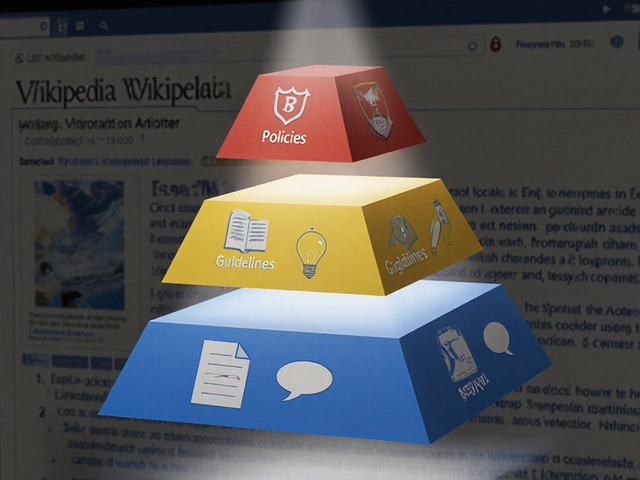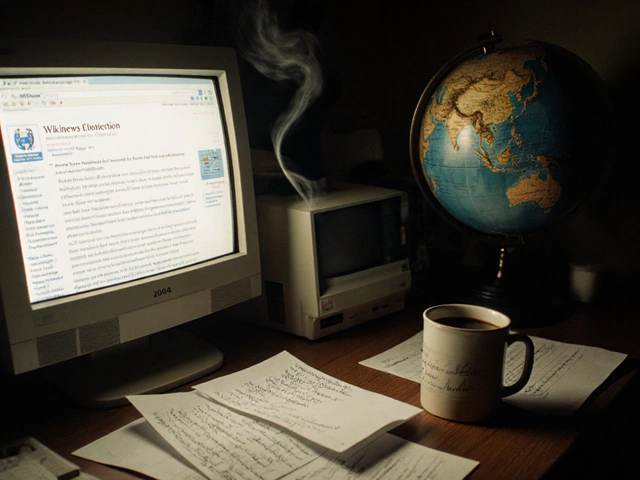Peer-Reviewed Journals on Wikipedia: How Reliable Sources Shape Trusted Content
When you see a well-sourced Wikipedia article, chances are it’s built on peer-reviewed journals, academic publications where experts evaluate research before publication to ensure accuracy and rigor. Also known as scholarly journals, they’re the gold standard for verifying facts on Wikipedia—not because they’re fancy, but because they’re checked by other people who know the subject inside out. This isn’t just about credibility. It’s about stopping misinformation before it spreads. A single claim in a peer-reviewed journal can turn a vague idea into a solid, edit-worthy fact. And on Wikipedia, that’s the difference between an article that lasts and one that gets flagged for deletion.
Wikipedia doesn’t let just anyone cite anything. Editors are trained to prioritize secondary sources, materials that analyze, interpret, or summarize primary research, like peer-reviewed journals over raw data or press releases. Why? Because journals distill complex studies into clear conclusions, and they come with a paper trail: methodology, data, peer feedback. That’s why articles about health, climate, or technology rely so heavily on them. You won’t find Wikipedia citing a blog post about a new drug unless it’s backed by a journal study. And when a journal retracts a paper? Wikipedia editors scramble to update the article—because trust isn’t optional here.
It’s not just about what’s cited, but who’s doing the citing. Many Wikipedia editors are academics themselves, or at least deeply familiar with how research works. They know the difference between a journal in Nature and a predatory publisher with a fancy name. Tools like annotated bibliographies, organized lists of sources with notes on their relevance and quality help them build strong cases for edits. And when disputes arise—say, over a controversial finding—editors turn to the Wikipedia talk pages, discussion spaces where editors debate changes using evidence, not opinions to find consensus. Peer-reviewed journals give them the ammunition they need.
But here’s the catch: not every good idea comes from a journal. Wikipedia also needs local knowledge, firsthand accounts, and underrepresented voices. That’s why the platform walks a tightrope—respecting academic rigor while staying open to other forms of reliable evidence. Still, when it comes to science, medicine, law, or history, peer-reviewed journals are the bedrock. They’re what keep Wikipedia ahead of AI-generated encyclopedias that fake citations. People still trust Wikipedia more because they know someone checked the source.
What you’ll find in the posts below isn’t a lecture on academic publishing. It’s a practical look at how real editors use peer-reviewed journals to fix misinformation, win policy debates, and build articles that stand up to scrutiny. You’ll see how a single journal article can trigger a chain of edits across continents, how editors track down obscure studies, and why some of the most important changes on Wikipedia happen quietly, behind the scenes, in the shadow of a citation.
Peer-Reviewed Journals Specializing in Wikipedia and Open Knowledge
Peer-reviewed journals are now publishing rigorous research on Wikipedia and open knowledge systems, treating them as legitimate subjects of academic study. These journals promote transparency, open access, and community-driven scholarship.






